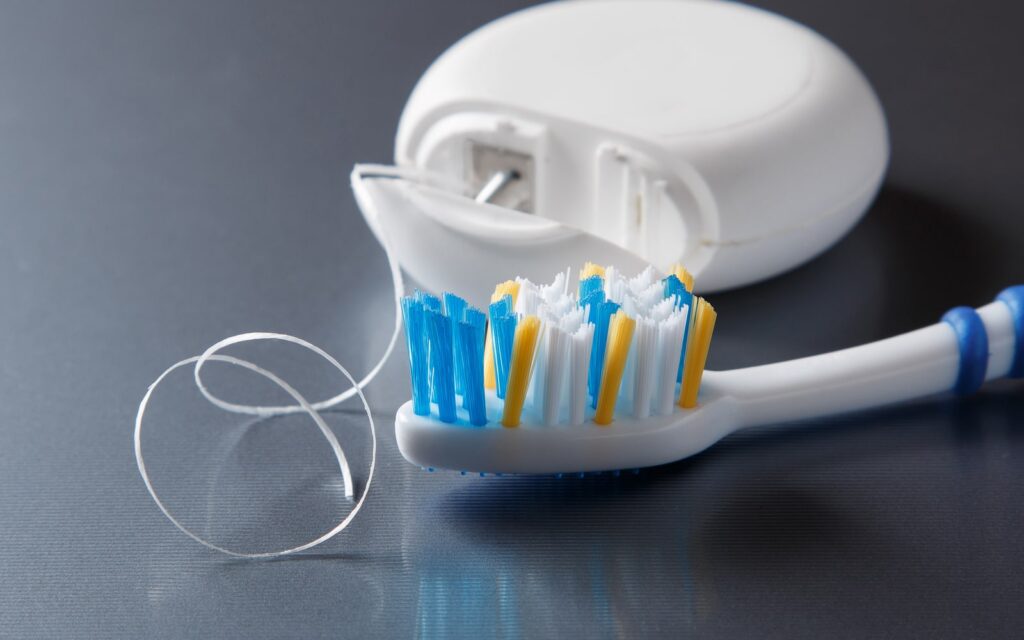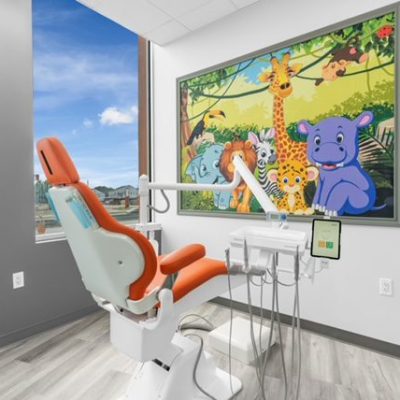Introduction
Many dentists have argued over the proper sequence for oral care, and for parents, these kinds of conversations can definitely be confusing. It’s important that good oral hygiene is cared for, and when it comes to teaching your kids how to take care of and manage their dental health, you probably want to get the most out of their oral care by making sure you’re doing it right. So, which one is it? With this question in mind, we’re here to answer that question through the latest studies performed and engage you with some tips on how to help your child get the most out of flossing and brushing.
Why Do Studies Say Floss First?
Brushing is a wonderful way to keep your teeth clean from plaque and bacteria. But brushing alone will not prevent the onset of gum disease. Flossing is essential because it removes plaque buildup in between the teeth, places that brushing cannot normally get. The bristles of the toothbrush aren’t always able to reach in between the teeth, and flossing is able to clean out your mouth as much as possible. However, many people often work to brush their teeth first and then floss. It’s been the standard sequence for generations, and it’s most often depicted throughout the world as the easiest sequence to follow.
But there are some problems with this sequence. Brushing does help remove the majority of the plaque and food particles from your teeth, but once you floss, the food particles and plaque present can easily remain in your mouth until the next time you brush. According to studies from the Journal of Periodontology, a study back in 2018 cited that flossing first helps reduce the amount of interdental plaque and helps increase the fluoride concentrations produced from brushing your teeth. This means that your teeth are cleaner, but your teeth are able to take more advantage of fluoride, producing stronger, healthier teeth in the process.
Tips To Help Your Child Floss Then Brush
So, you finally have your answer, but now what? How do you convince your child to floss their teeth first? One of the biggest issues with flossing is that it’s quite an uncomfortable experience, and flossing first means you have to deal with the struggling feeling that comes with a piece of floss in between your child’s teeth. If your child appears to struggle with the flossing concept, here are some tips to help them floss better for healthier teeth:
- Use a reward system to encourage them to floss first and reward them with a prize at the end of the day.
- Give them flavored wax, making sure that their experience while flossing is tasty until they’re able to handle the adult mint flavor.
- Play fun music to further entice them to floss and join in on them to help establish good oral habits.
- Open up a conversation and encourage your children to talk to their pediatric dentist about flossing so they have multiple role models for teaching them about their teeth.
If you wish for information about how to help your child’s oral hygiene, then set up an appointment with your pediatric dentist to give your child a better, healthier-looking smile.
Many dentists have argued over the proper sequence for oral care, and for parents, these kinds of conversations can definitely be confusing. It’s important that good oral hygiene is cared for, and when it comes to teaching your kids how to take care of and manage their dental health, you probably want to get the most out of their oral care by making sure you’re doing it right. So, which one is it? With this question in mind, we’re here to answer that question through the latest studies performed and engage you with some tips on how to help your child get the most out of flossing and brushing.
Why Do Studies Say Floss First?
Brushing is a wonderful way to keep your teeth clean from plaque and bacteria. But brushing alone will not prevent the onset of gum disease. Flossing is essential because it removes plaque buildup in between the teeth, places that brushing cannot normally get. The bristles of the toothbrush aren’t always able to reach in between the teeth, and flossing is able to clean out your mouth as much as possible. However, many people often work to brush their teeth first and then floss. It’s been the standard sequence for generations, and it’s most often depicted throughout the world as the easiest sequence to follow.
But there are some problems with this sequence. Brushing does help remove the majority of the plaque and food particles from your teeth, but once you floss, the food particles and plaque present can easily remain in your mouth until the next time you brush. According to studies from the Journal of Periodontology, a study back in 2018 cited that flossing first helps reduce the amount of interdental plaque and helps increase the fluoride concentrations produced from brushing your teeth. This means that your teeth are cleaner, but your teeth are able to take more advantage of fluoride, producing stronger, healthier teeth in the process.
Tips To Help Your Child Floss Then Brush
So, you finally have your answer, but now what? How do you convince your child to floss their teeth first? One of the biggest issues with flossing is that it’s quite an uncomfortable experience, and flossing first means you have to deal with the struggling feeling that comes with a piece of floss in between your child’s teeth. If your child appears to struggle with the flossing concept, here are some tips to help them floss better for healthier teeth:
- Use a reward system to encourage them to floss first and reward them with a prize at the end of the day.
- Give them flavored wax, making sure that their experience while flossing is tasty until they’re able to handle the adult mint flavor.
- Play fun music to further entice them to floss and join in on them to help establish good oral habits.
- Open up a conversation and encourage your children to talk to their pediatric dentist about flossing so they have multiple role models for teaching them about their teeth.
If you wish for information about how to help your child’s oral hygiene, then set up an appointment with your pediatric dentist to give your child a better, healthier-looking smile.





















